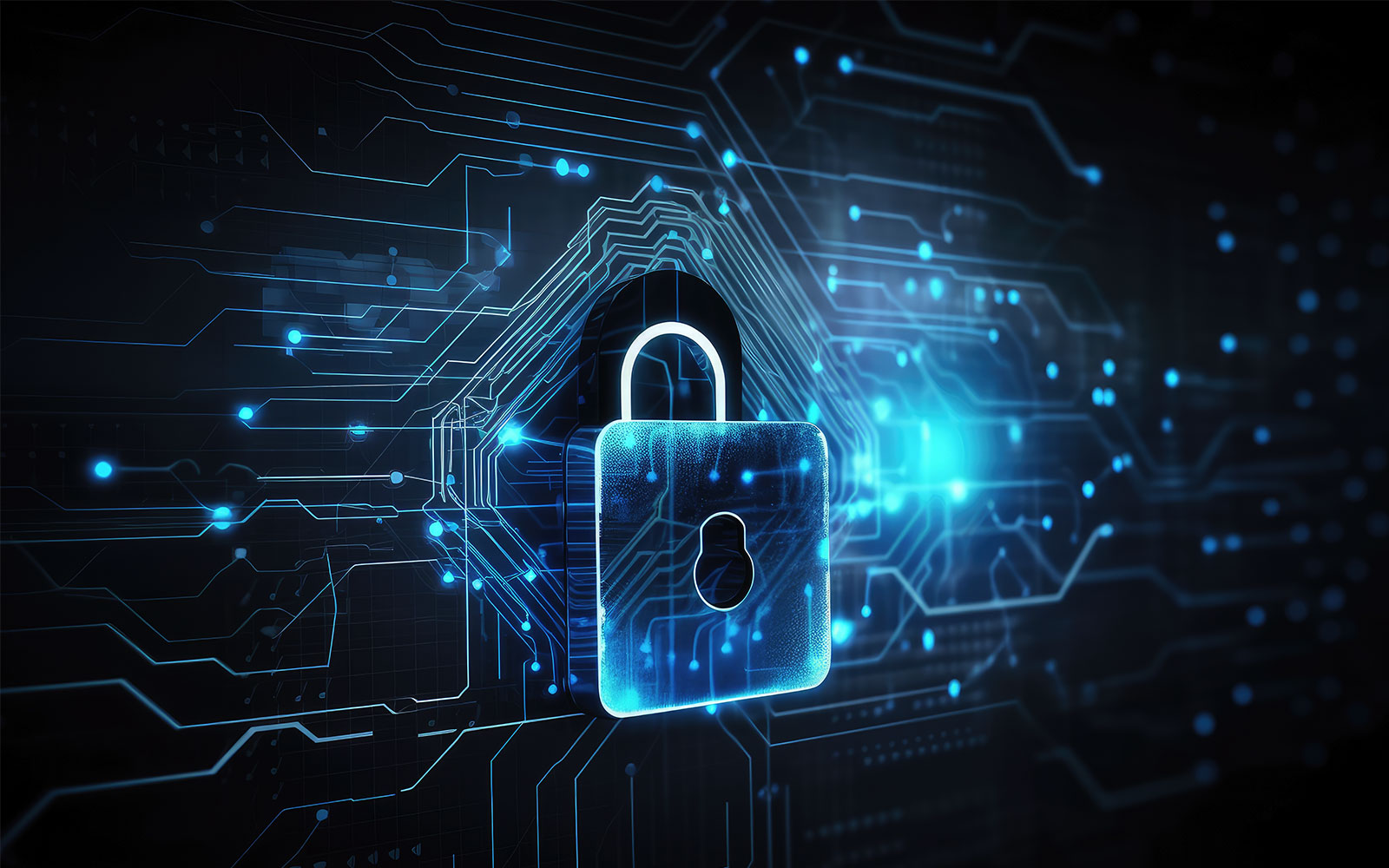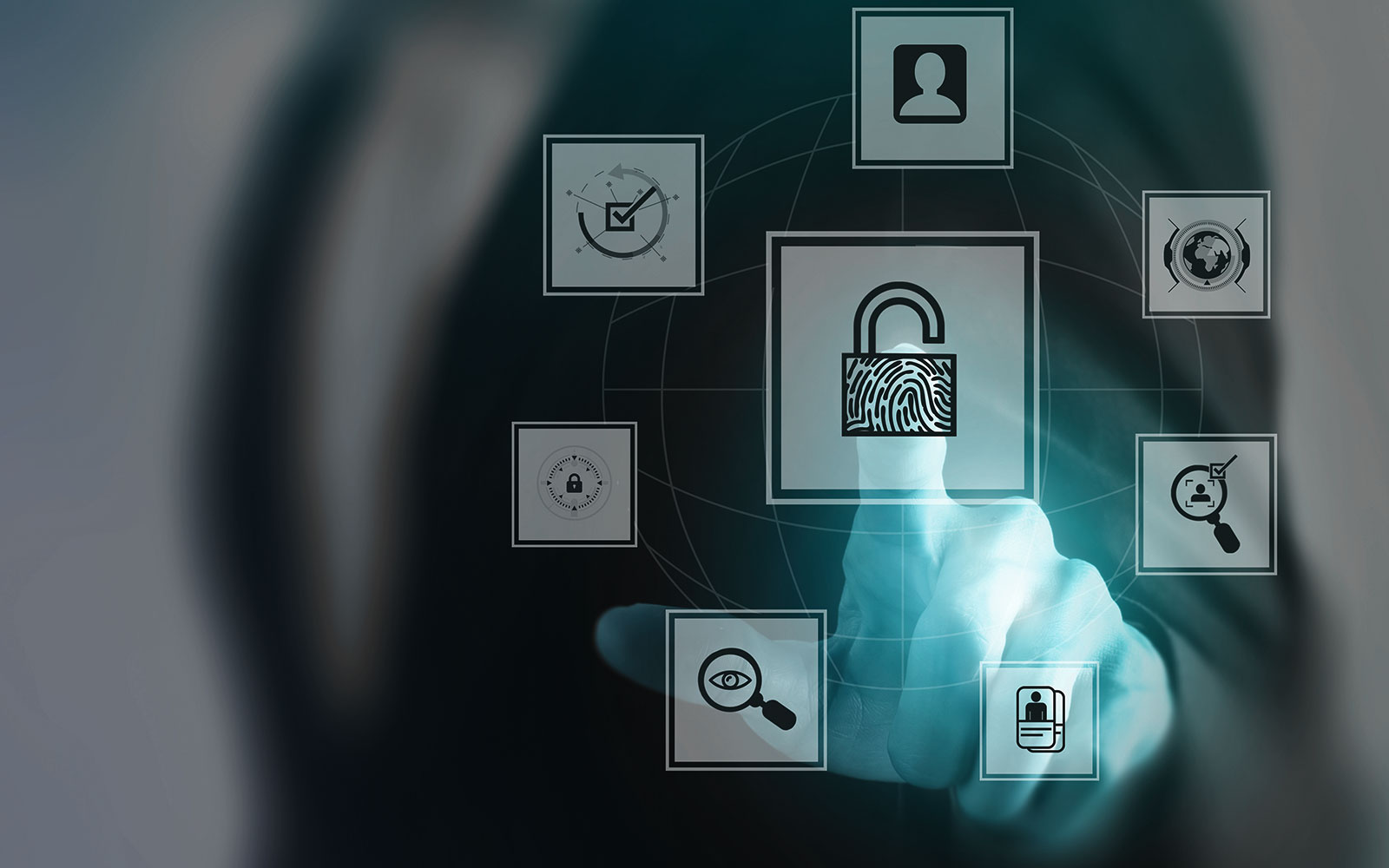MFA is utilized to create a layered defense that makes it more difficult for an unauthorized person to access a target, such as a physical location, computing device, network, or database. Keep reading to learn four potential pros and four potential cons of MFA.
Learn how Versetal can help you with your IT Ops


